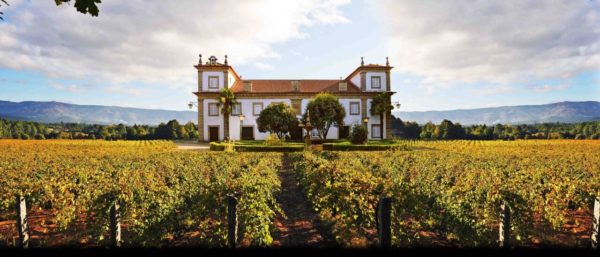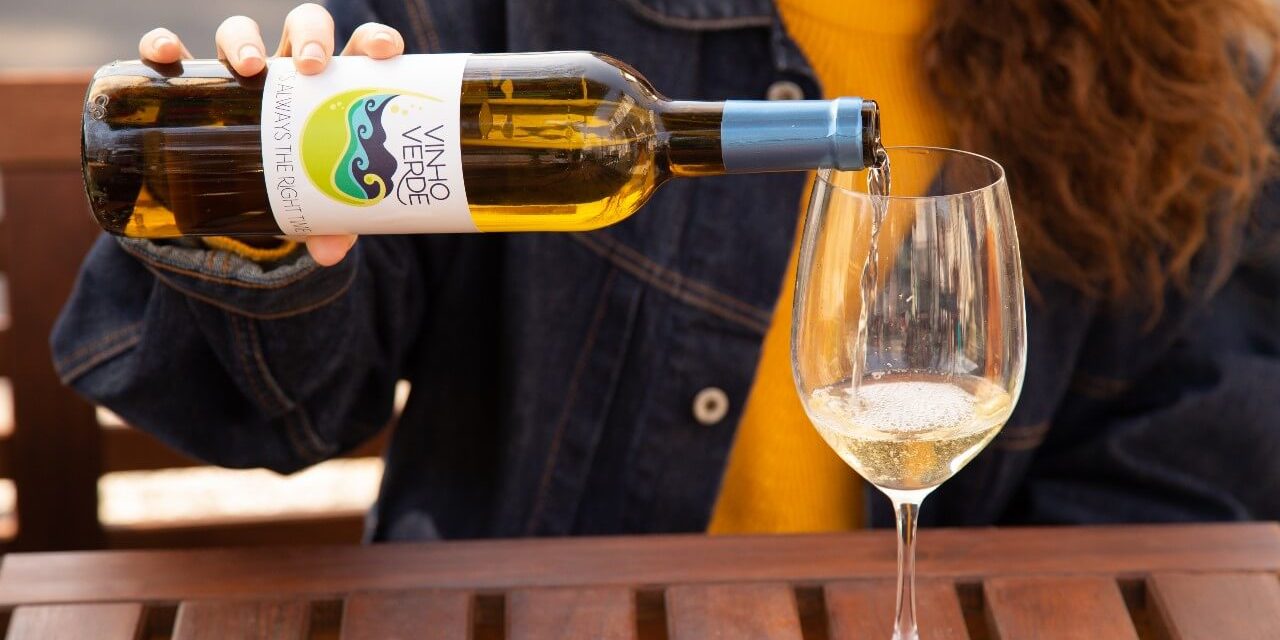by Mary Dardenne
Ask most wine drinkers the first thing that comes to their mind when they hear the words “Vinho Verde” and you’ll likely get one of two answers. The first is “spritzy” and the second is “young.” But these days, neither of those responses really represents what modern-day Vinho Verde wines are all about.
Stepping back for a moment, it is important to realize that the history of the Vinho Verde region actually dates from before 100 AD. In fact, the wines were among the first Portuguese wines to be exported during the Middle Ages. The boundaries of the Vinho Verde region were established in 1908 with regulations for wine production set in 1929. In other words, this is a region with a long and rich history of wine production!
A mostly cool, maritime region with more inland areas warmer and drier, many believe that the wines came to be bottled with that spritz due to the fact that grapes were frequently harvested while still a bit unripe; the sparkle from CO2 and slight residual sugar made them more palatable. Today, as viticulture techniques have improved and grapes achieve a higher level of ripeness, many producers are seeking to make a drier style of wine without the “prickle.”

This leads us to the second stereotype about the wines of Vinho Verde – that they are all made to be drunk within the vintage they are produced. While in the past this may have been true, today many producers are focusing on making single varietal wines from indigenous grapes, such as Alvarinho, Avesso, Arinto and Loureiro, that are capable of aging in the bottle. While in the past the tradition was to make Vinho Verde from a blend of grapes, these solo bottlings have been making waves among critics and wine-lovers for both their quality and their character. Alvarinho, from the subregion of Monção and Melgaço, in particular, has been attracting attention.
While many think that the name Vinho Verde means young or green wine, the theory today is that the word “Verde” (green) actually refers to the lush, verdant landscape. With the trend towards drier and more “serious” wines capable of evolving in the bottle, I’d argue that this explanation fits the region today more so than previous theories.
The Vinho Verde of today will challenge your expectations and pre-conceived notions and is a region worth discovering anew.







